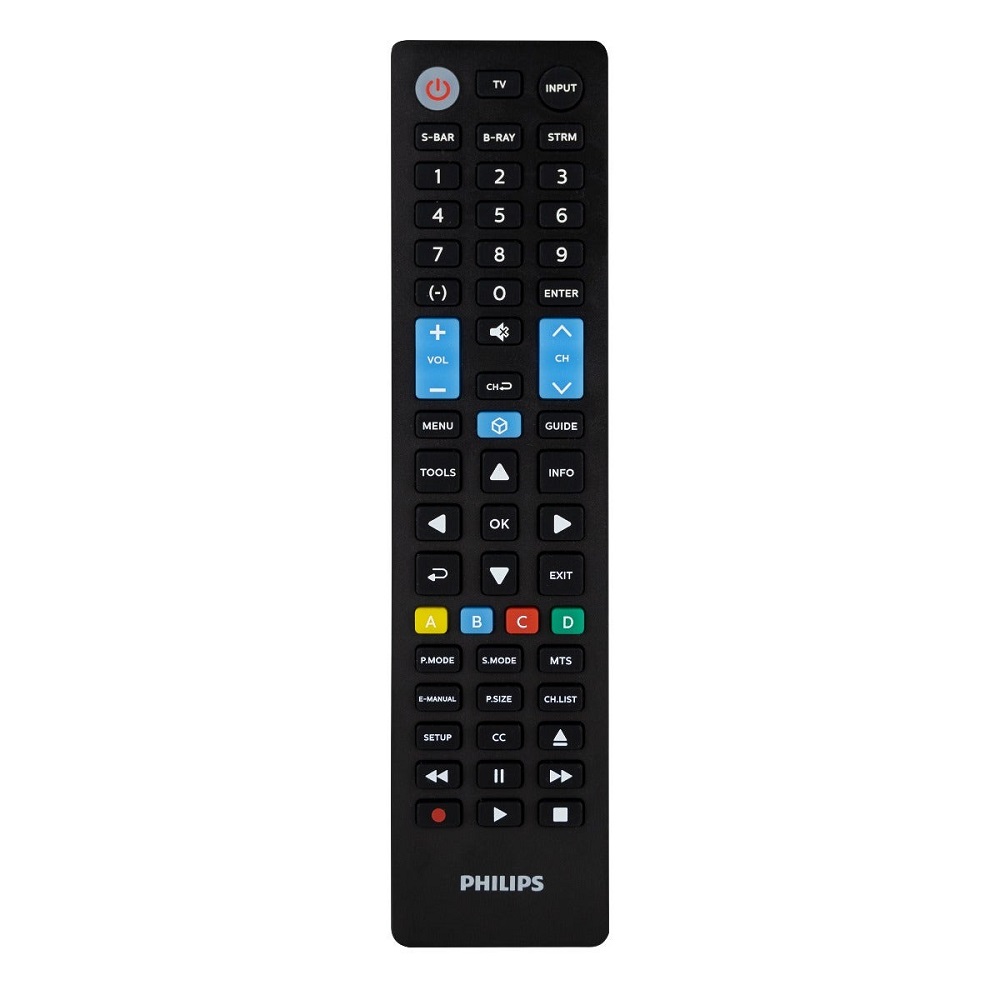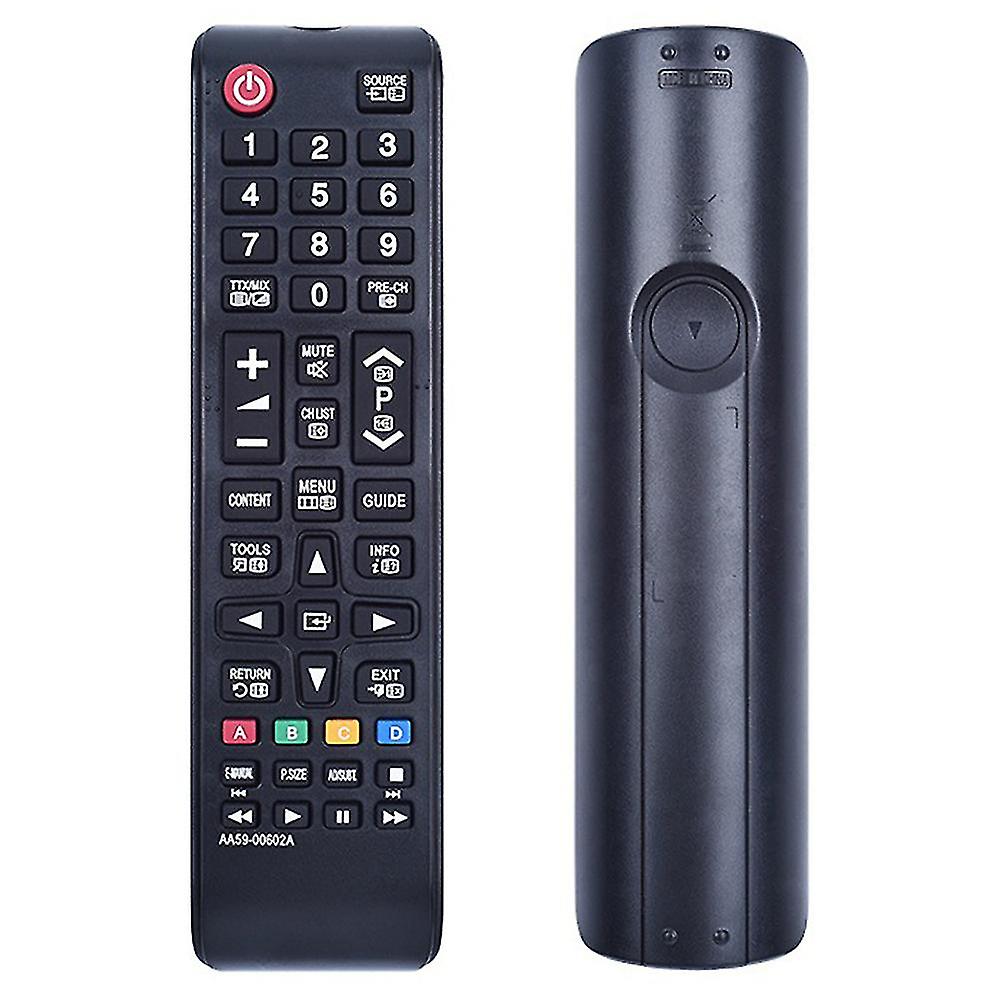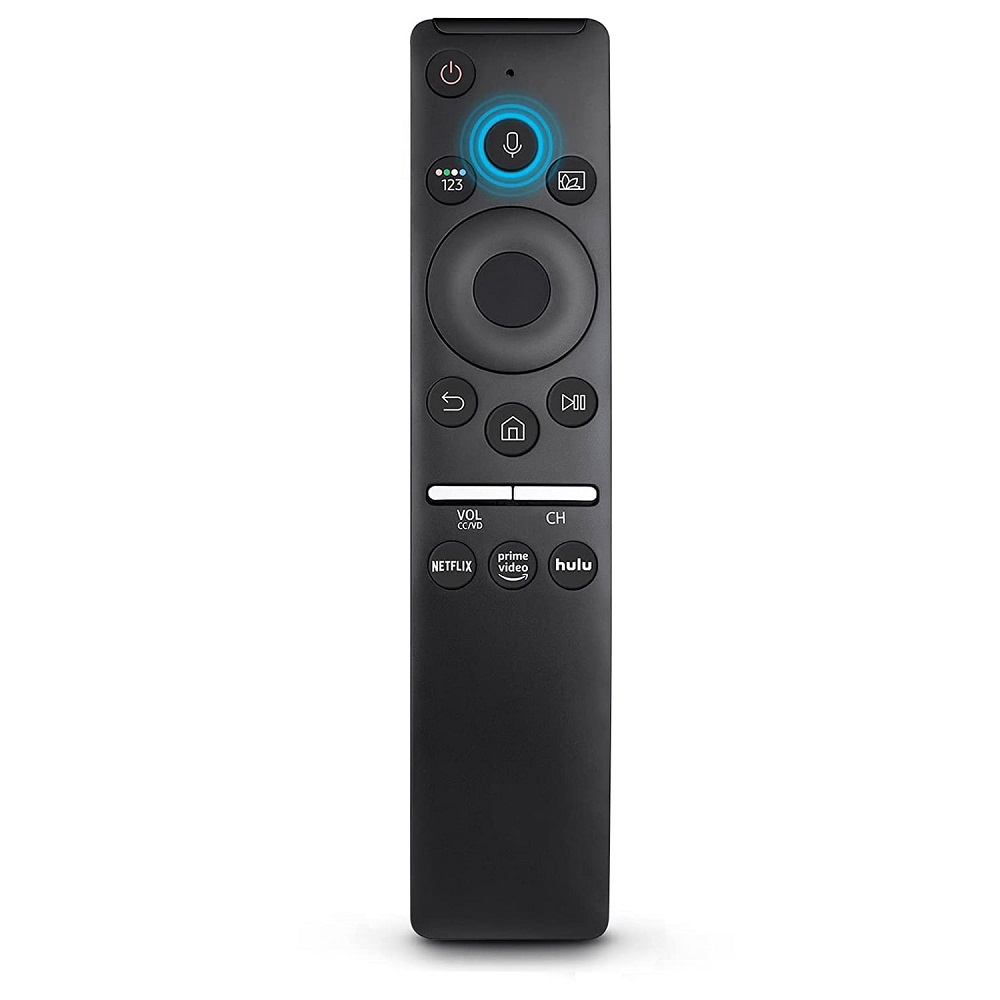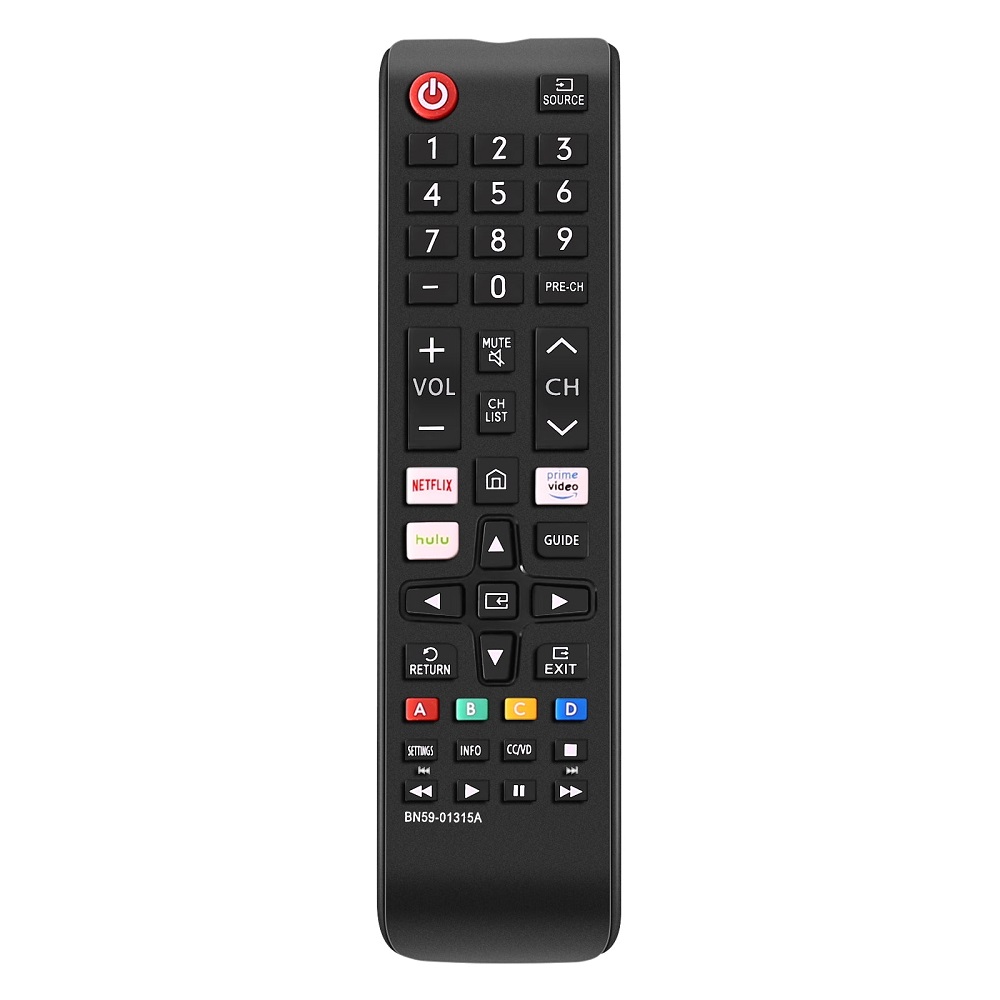Introduction
Samsung remotes are essential for controlling your television and other devices. However, if your remote isn’t working correctly, a reset can often resolve the issue. In this guide, we’ll walk you through the steps to reset various types of Samsung remotes. By the end, you’ll be equipped with the knowledge to troubleshoot any remote issues effectively.
Understanding Your Samsung Remote
Types of Samsung Remotes
Samsung remotes come in various designs. The most common types include standard remote controls, Smart remotes, and the newer OneRemote. Each type has unique features and functionalities. Standard remotes usually control basic functions like power, volume, and channel selection. Smart remotes, on the other hand, offer additional features like voice control and the ability to navigate smart TV apps.
The OneRemote is the latest innovation from Samsung. It can control not only the TV but also other compatible devices, such as soundbars and Blu-ray players. Knowing the type of remote you have will guide you in the troubleshooting process.

Common Problems with Samsung Remotes
Understanding potential issues can save time during a reset. Common problems include unresponsive buttons, issues with pairing the remote to the TV, and lag in response time. If your remote isn’t working as expected, don’t panic. Resetting it can often fix these problems.
Other general issues may stem from low batteries, interference from other devices, or even software glitches in your TV. Identifying the problem helps decide whether a reset is needed or if other troubleshooting methods apply.
How to Perform a Soft Reset
Steps to Soft Reset Your Samsung Remote
A soft reset can often resolve minor issues without losing your remote’s settings. Follow these clear steps:
- Remove the Batteries: Start by removing the batteries from your remote. Make sure to wait at least 30 seconds. This action allows any residual power to discharge.
- Press All Buttons: While the batteries are out, press each button on the remote. This step helps discharge any remaining energy and reset the electrical components.
- Reinsert the Batteries: After 30 seconds, place the batteries back into the remote, ensuring they are oriented correctly.
- Test the Remote: Point it at your TV and try using it. Check if basic functions like turning the TV on and adjusting the volume work. If successful, you have completed the soft reset.
When to Use a Soft Reset
A soft reset is appropriate for minor problems like unresponsive buttons or minor connectivity issues. If you’ve just changed the batteries or had a brief power outage, a soft reset is your best first step.
If problems persist after a soft reset, a factory reset or re-pairing may be necessary. Always start with a soft reset to save time and effort.
How to Pair Your Samsung Remote
Connect Your Remote to the TV
Sometimes, your remote might not work because it needs to be re-paired with the TV. Pairing can differ based on the remote type, so here’s how to do it for standard and Smart remotes:
- Turn on the TV: Make sure your TV is powered on before proceeding.
- Press the Pairing Button: On most standard remotes, hold the “Return” and “Play/Pause” buttons together for about three seconds. On Smart remotes, there may be a dedicated “Pair” button—find this and press it.
- Wait for Confirmation: Your TV should display a message indicating a successful pairing. If it does not, repeat the process.
Troubleshooting Pairing Issues
If your remote doesn’t pair successfully, ensure:
- Batteries are New: Weak batteries can hinder connectivity. Always use fresh batteries when experiencing issues.
- No Obstructions: Ensure there are no objects blocking the line of sight between the remote and the TV. Clear any obstructions for optimal connection.
If re-pairing continues to fail, you may need to try resetting the remote completely, especially if it’s not a battery issue.
How to Perform a Factory Reset
Steps to Factory Reset Your Samsung Remote
For more serious issues, a factory reset can restore the remote to original settings. Here’s how to do it:
- Remove the Batteries: Start with the batteries removed, just like in the soft reset process.
- Hold the Power Button: Press and hold the power button on the remote for about 8 seconds while the batteries are out. This action cleans any remaining settings.
- Reinsert the Batteries: Place the batteries back into the remote, ensuring the correct orientation.
- Testing: After replacing the batteries, point the remote at your TV and turn it on. Check if it operates as expected.
Why You Might Need a Factory Reset
A factory reset is a more drastic measure. Use it when simple resets and repairs do not resolve the issues. If the remote stubbornly refuses to work correctly, a factory reset can clear out any residual settings that might be causing the problem.
Using the Samsung SmartThings App
Control Your TV through the App
Another approach is using the SmartThings app if you have a compatible smartphone. The app allows control over your Samsung devices without needing the physical remote.
- Download the App: Find the SmartThings app in the App Store or Google Play Store. Download and install it on your smartphone.
- Connect Your TV: Open the app and follow the prompts to connect it to your Samsung TV. Ensure both devices are on the same Wi-Fi network.
- Use Your Phone as a Remote: Once connected, you can use your phone to control the TV’s functions. This method serves as a temporary solution while you sort out your physical remote issues.
Benefits of Using SmartThings
Using the SmartThings app is particularly useful if your remote becomes unusable for an extended period. It offers a range of functionalities, including turning the TV on/off, changing channels, and accessing smart features. Additionally, the app may offer features that your physical remote does not.
Understanding Battery Management
Battery Types and Lifetime
The longevity of your Samsung remote largely depends on the type of batteries you use. Most remotes operate on AA or AAA alkaline batteries. However, using rechargeable batteries can also be an eco-friendly alternative.
Certain factors affect battery life, including:
- Frequency of Use: More frequent use will drain batteries faster.
- Type of Use: Heavy users who rely on the remote for various tasks may experience quicker battery depletion.
Monitor your remote’s performance regularly. Replacing the batteries at the first sign of sluggishness can prevent further issues.
Best Practices for Battery Usage
To maximize battery life, consider the following tips:
- Turn Off the TV: Always remember to turn off the TV when not in use. Some remotes control multiple devices and may lead to battery drain if left on.
- Remove Batteries During Extended Non-Use: If you plan to not use the remote for an extended period, remove the batteries. This prevents battery leakage, which can damage the device.
- Keep a Spare Set of Batteries: Having a fresh set of batteries on hand can save time and frustration.
Following these tips can lead to a seamless experience with your remote, reducing the need to reset it frequently.
Conclusion: Keeping Your Remote in Peak Condition
In summary, resetting your Samsung remote can resolve a myriad of issues that may arise over time. From performing simple soft resets to more comprehensive factory resets, the process is straightforward. Whether you have a standard remote, a Smart remote, or a OneRemote, following these steps can restore functionality.
Regular maintenance and mindful usage will ensure your remote serves you well for years to come. By understanding how each component works, you can enhance your overall viewing experience. With this comprehensive guide, you’re well-prepared to keep your Samsung remote in peak condition. Enjoy your viewing!
This guide is designed to assist with various scenarios that Samsung remote owners may face. Feel free to return to any section if a specific problem arises again.


